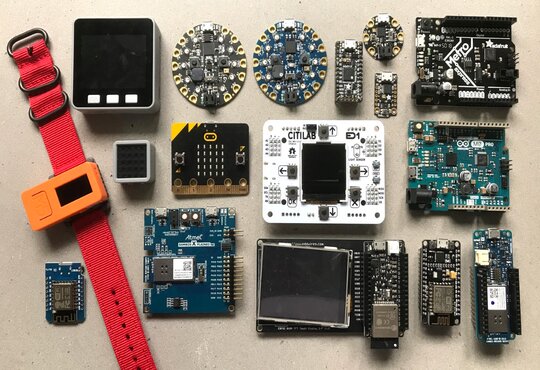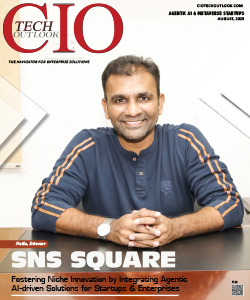Our tiny future: How Microcontrollers will transform our lives with IoT
Rajan Sarma | Monday, 19 October 2020, 13:18 IST
 12 years ago, when Steve Jobs introduced the iPhone for the first time, we all got a glimpse of the future that was to come. Now, almost everyone has got a supercomputer in their pockets, everywhere in the world. The smartphone experience opened up a new world for us. While mobile phones were shrinking everything and commoditizing hardware, something else was brewing as well.
12 years ago, when Steve Jobs introduced the iPhone for the first time, we all got a glimpse of the future that was to come. Now, almost everyone has got a supercomputer in their pockets, everywhere in the world. The smartphone experience opened up a new world for us. While mobile phones were shrinking everything and commoditizing hardware, something else was brewing as well.
The Microcontrollers the mainstay embedded systems used since the 1970s were undergoing a renaissance of its own. The microcontroller is a stand-alone mini computing chip that has everything it needs to run. Usually, it includes flash memory for application storage and a small amount of RAM in which to execute operations. Unlike microprocessors, microcontrollers have embedded hardware which gives it more input/ output to communicate with and control hardware peripherals.
Additionally, modern microcontrollers have developed other features such as hardware JPEG and cryptographic acceleration that may be extended into things like camera control or security products. Many even have display controllers and 2D graphics acceleration.
The biggest advantage of microcontrollers over microprocessors such as CPU is that they are not designed to run on heavy OS such as Linux or Windows. Instead, microcontrollers are typically run on Micro Real-Time Operating System in which there is just enough OS to support the application. The main user has full, direct access to the chip hardware. Having direct hardware access also provides another great advantage of real-time hardware communication. And, this is where the integration of IoT devices with the help of Microcontrollers comes into the picture.
The truth is Microcontrollers were already everywhere.
Microcontrollers power nearly all modern appliances, but they’re so simple that they’re used in toys, remote controls, thermostats, and just about any other electronic gadget. While microcontrollers have been embedded in everything from toys to cars for the best part of 40 years, it’s only in the last few years that microcontrollers have become truly useful in the field of IoT.
Now, Microcontrollers are powerful enough to run complex applications. Many of the Microcontrollers have also opened up their memory to drive external flash and RAM, allowing them to be extended in interesting and creative ways.
The IoT revolution
The connected things revolution is on its way and will be powered by billions of tiny connected microcontrollers. They cover nearly every conceivable aspect of IoT use, many of which can’t be practically supported by any other chip architecture. While microcontroller tooling may primarily still be in its primitive stages with C and C++ still dictating the terms, the field is changing rapidly in response to the growing demand for microcontroller solutions.




